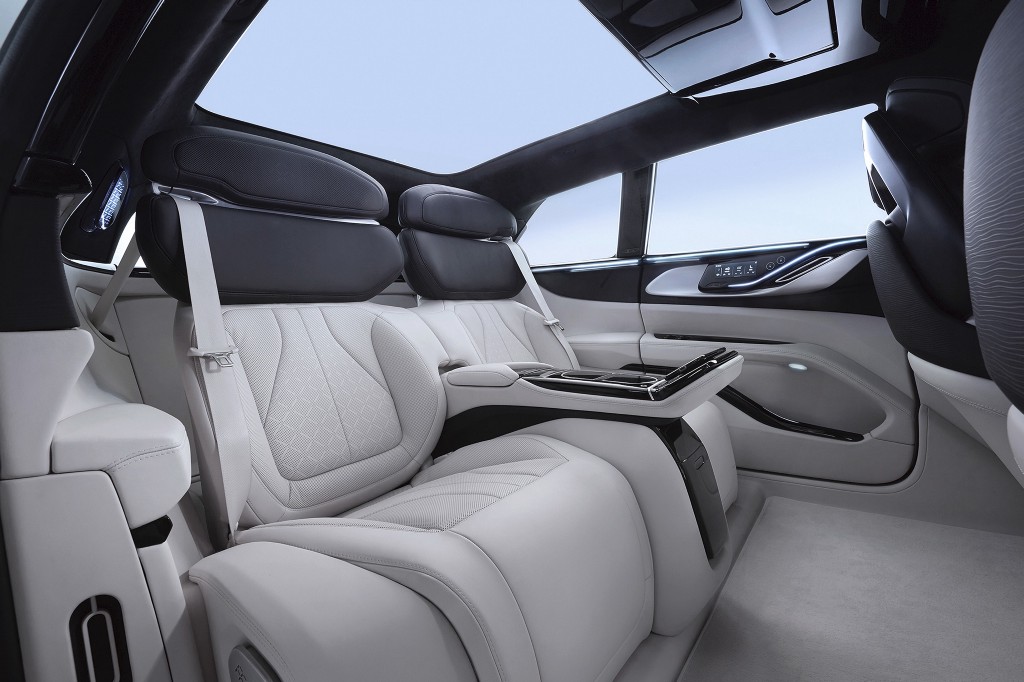What will the future of driving look like? How will humans interact with their vehicles as technology incorporated into vehicles evolves? On average, people spend one hour every day in their vehicles. And while people generally enjoy their digital life to the fullest at home and at their destination, the time in transit is generally considered wasted, especially when stuck in traffic. At FF, our aspiration is to give back that one hour on the road by creating a “third internet living space” between a person’s home and destination. We want to redefine commuting as the highlight of the day by using time on the road in a smart way.
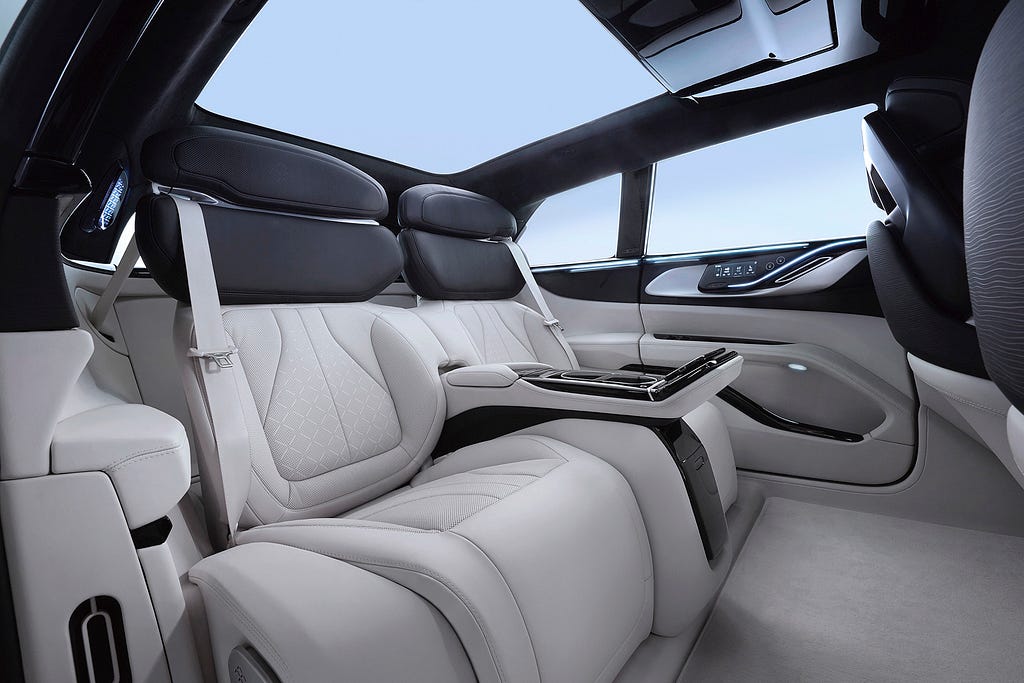
Sometimes, a revolutionary product is created that changes everything. The smartphone was introduced first in 2007 and changed everyone’s digital life on-the-go. The smart TV was introduced in 2013 and changed the way we access digital content at home. FF’s mission is to change the concept of digital life when we are in our vehicles. FF’s flagship vehicle, the FF 91, does this through the “third internet living space,” the conduit between one’s home and destination.
We live an increasingly busy lifestyle where people demand to be continuously connected anytime and anywhere. Most cars provide a safe and comfortable means of transportation, however, the time in transit between the home and destination is often a dreaded time. FF is here to change that. Riding in the FF 91, users will feel more rested and energized, even after being stuck in traffic for hours. The rear seats deliver industry-leading 60-degree rear-seat reclining angles, putting passengers in the biomechanically and ergonomically optimal position for comfort. This first-class rear seating experience provides lower leg, lumbar, and upper back adjustments and support. The seats also offer massage, heating, and ventilation for cooling.
Like a private jet on 22-inch wheels, the FF 91 is designed to ensconce its passengers in a relaxing, lounge-like experience from departure to destination. Every element of the interior contributes its small part to creating an experience for passengers beyond other ultra-luxury means of transportation.
So why not simply use your mobile device in your vehicle? You can, but a phone is limited in its capabilities. The smartphone is a useful device for when you are on-the-move, but its portable design brings limitations on screen size, battery capacity, computing power, etc. These limitations are the reason people still use laptops for better keyboard and productivity in the office and use bigger TVs for a better entertainment experience at home. The integrated technologies of the FF 91 offer a more capable battery, faster computing power, fully immersive video, and an audio experience that a smartphone cannot provide.

We looked at two dimensions when we defined the Third Internet Living Space: purpose and scenarios. Regarding purpose, we think of receiving a vehicle from FF as also receiving a mobile living space or a mobile office with it. Regarding the second dimension of scenarios, we considered scenarios of driving, riding, owning, and sharing. The intersection of these purposes and these scenarios reveal interesting and unexplored areas to innovate. Some examples:
- FF 91’s “spa mode” sits at the intersection of a mobile bedroom and riding in a car. I don’t know about you, but I could use more sleep on a daily basis. Imagine waking up at your destination refreshed, just like on a flight sitting in first-class.
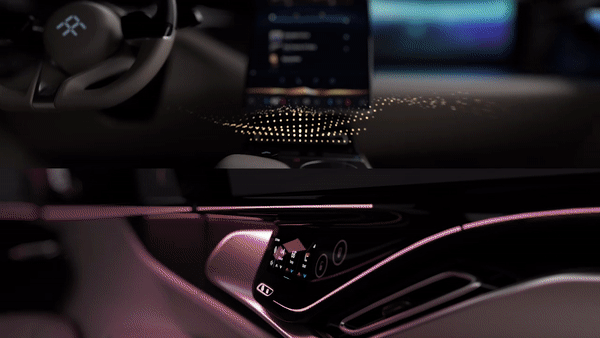
- FF 91’s live TV feature sits at the intersection of a mobile living room and riding in a car. You can continue watching your favorite TV or movies on the road and never miss a live sports game.
- FF-91’s voice-first UI sits at the intersection of car and driving. , As Advanced Driver Assistance Systems (ADAS) progress and free up brain bandwidth, we may eventually be able to safely (and legally) perform other non-driving tasks while behind the wheel. Until then, a good voice-based UI is essential while hands are safely on the steering wheel and eyes are on the road.
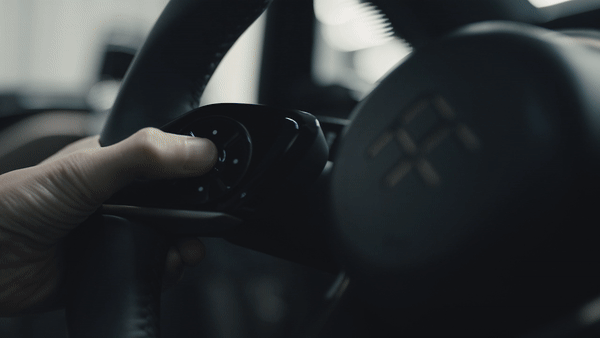
Personalized in-car recommendations sit at the intersection of a mobile living room and car-sharing. Commerce based on the shopper’s location and profile can benefit both advertisers and consumers. As the car learns data points such as your preferences, your destination, and time of the day, the car can better recommend things like digital movies, food, and other services to match the people who are sharing the car.
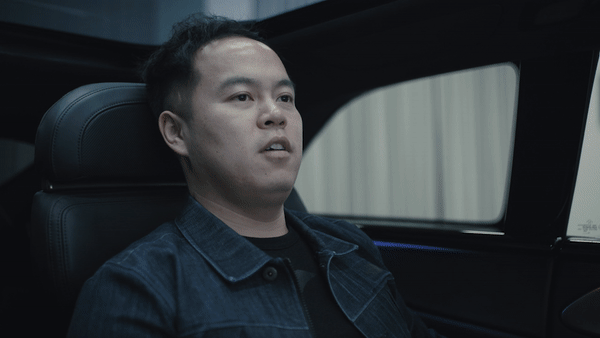
In summary, we believe one’s car has the potential to be an even more valuable technology than smartphones when it comes to working and relaxing. Everything about our cutting-edge vehicle and technology was created to make the lives of our users more connected, more engaging, and more effortless.
We’ve designed our A.I. and user interaction to be as intuitive and convenient as possible, giving you back more of your invaluable time. We believe the early adopters are busy executives who will leverage a driver, free themselves from the task of driving, and enjoy their full digital life in their Third Internet Living Space.
About the Author

Scott Wang is a passionate Technology Product Marketing expert aiming to truly connect the user and the product through organic and meaningful engagements. Throughout his career with IBM/Lenovo/Moto, LeEco, and Faraday Future, he has witnessed the personal technology evolution from desktop PCs, to notebooks, to smartphones, to smart TVs and to smart cars.
At Faraday Future, he leads Product Marketing and Go To Market efforts. He believes “it is a privilege to obtain users undivided attention when using my product. Therefore, I owe it to them to listen to their needs, define a meaningful product, and serve a real purpose in their lives. In today’s flat world, nothing is more powerful than a heartfelt recommendation from a friend. And that’s what I am aiming for.”
